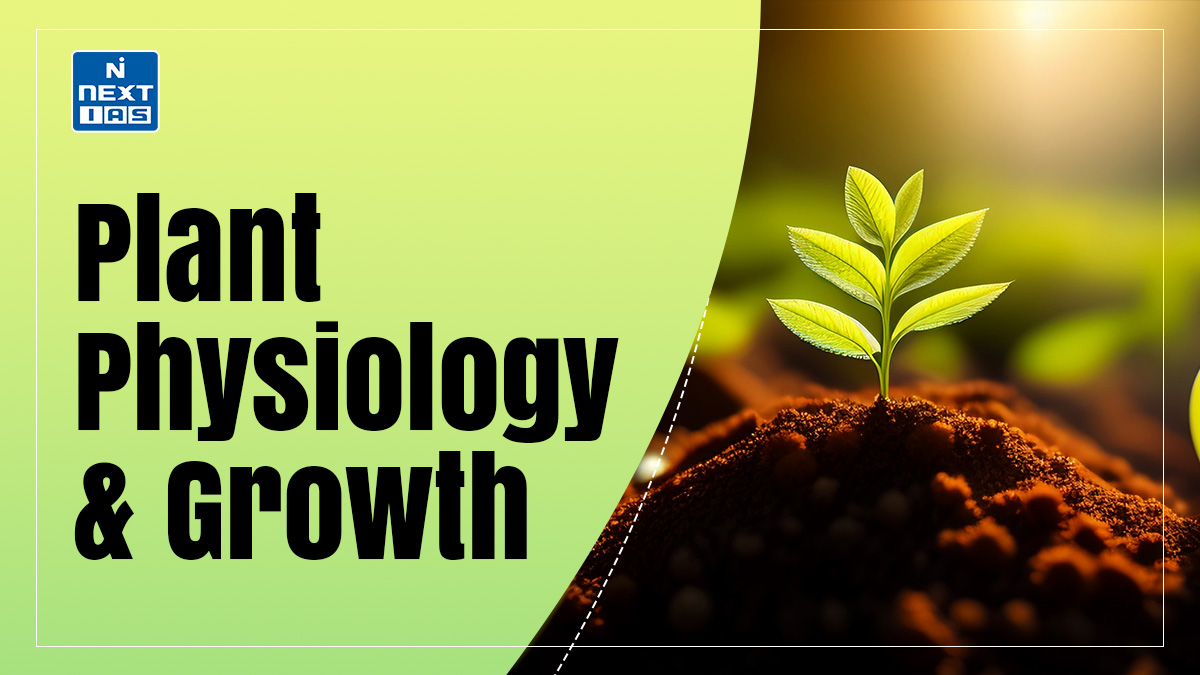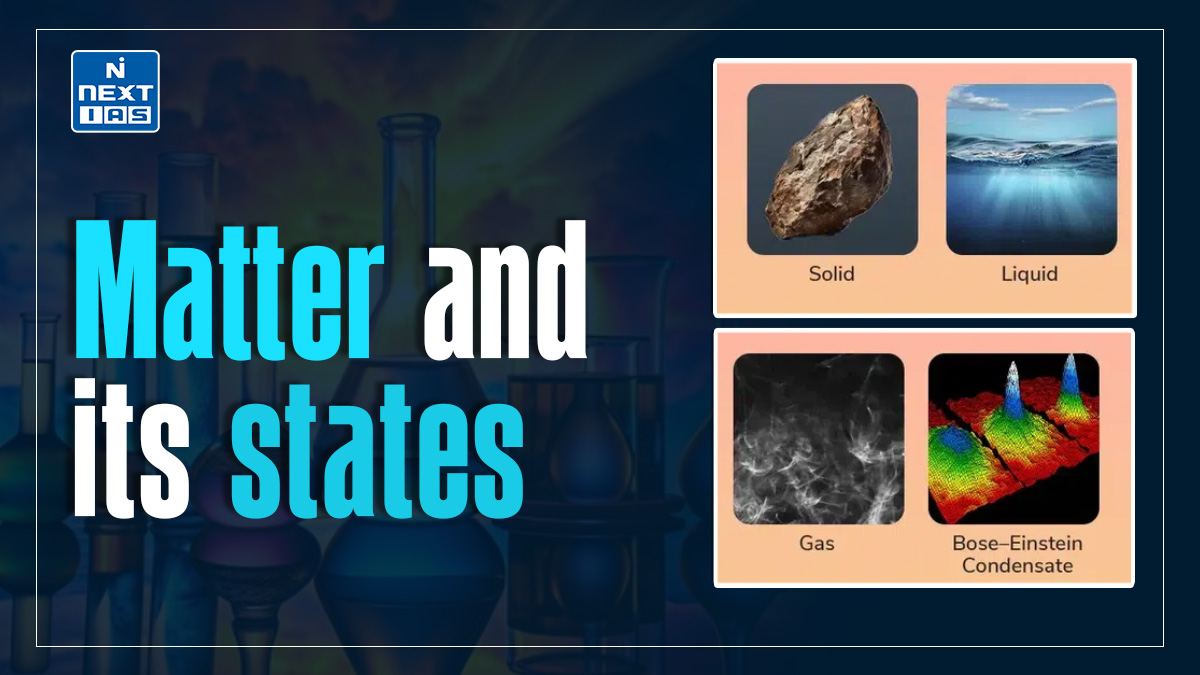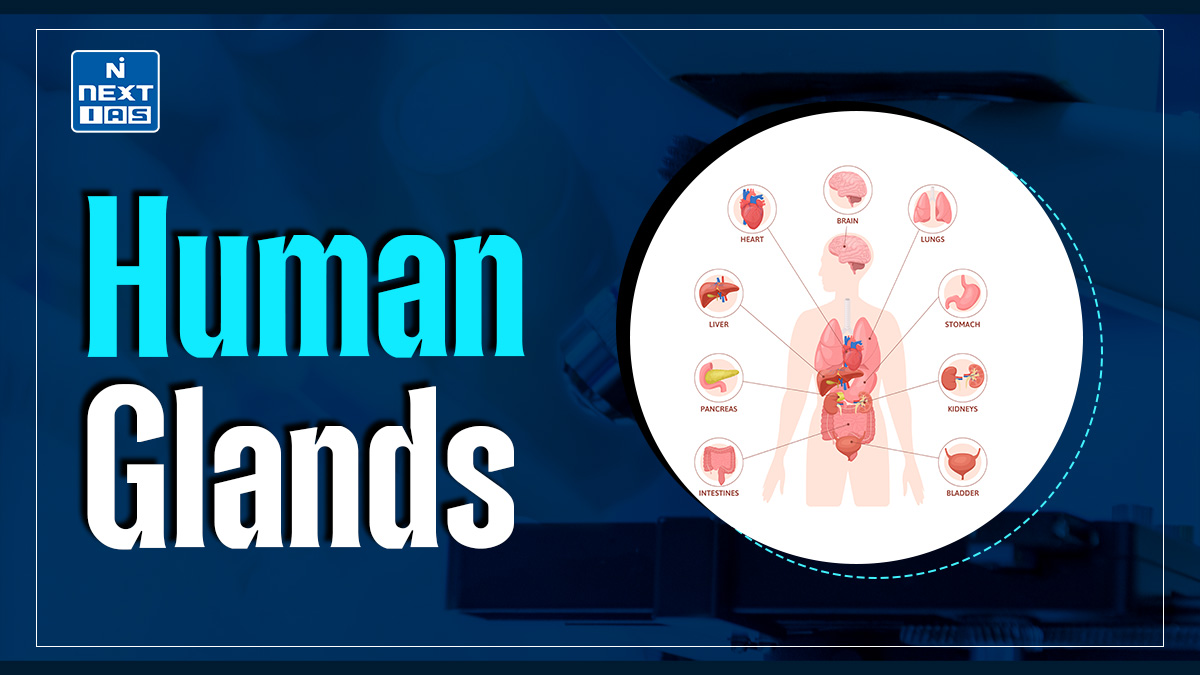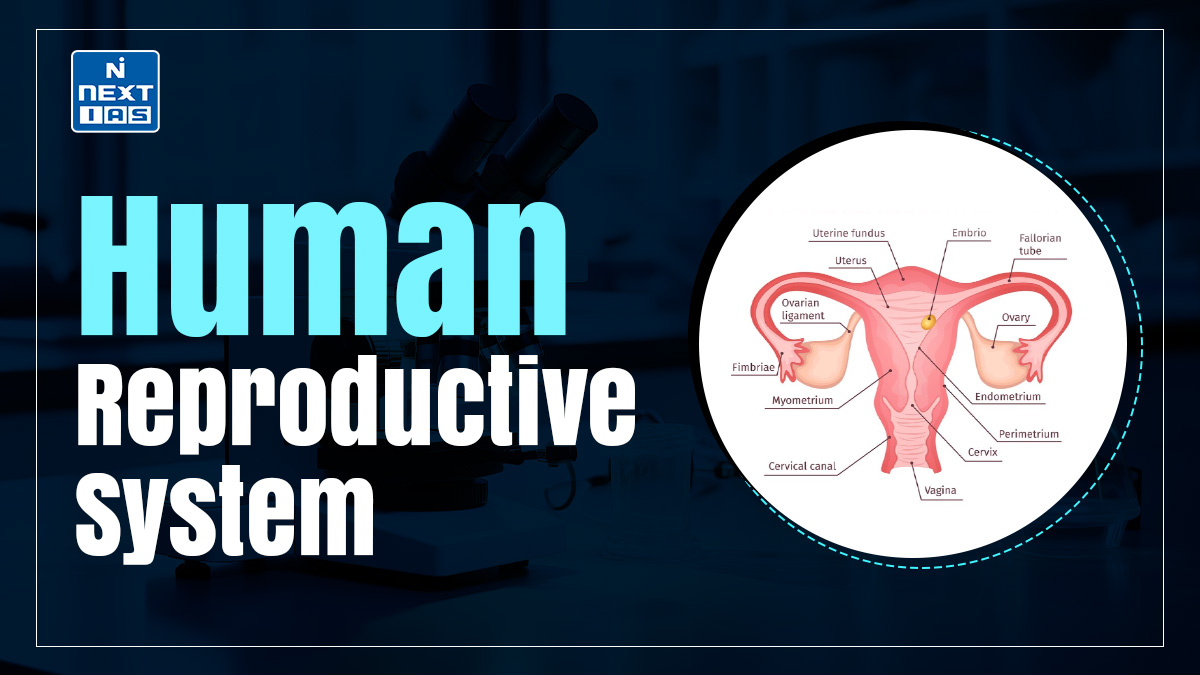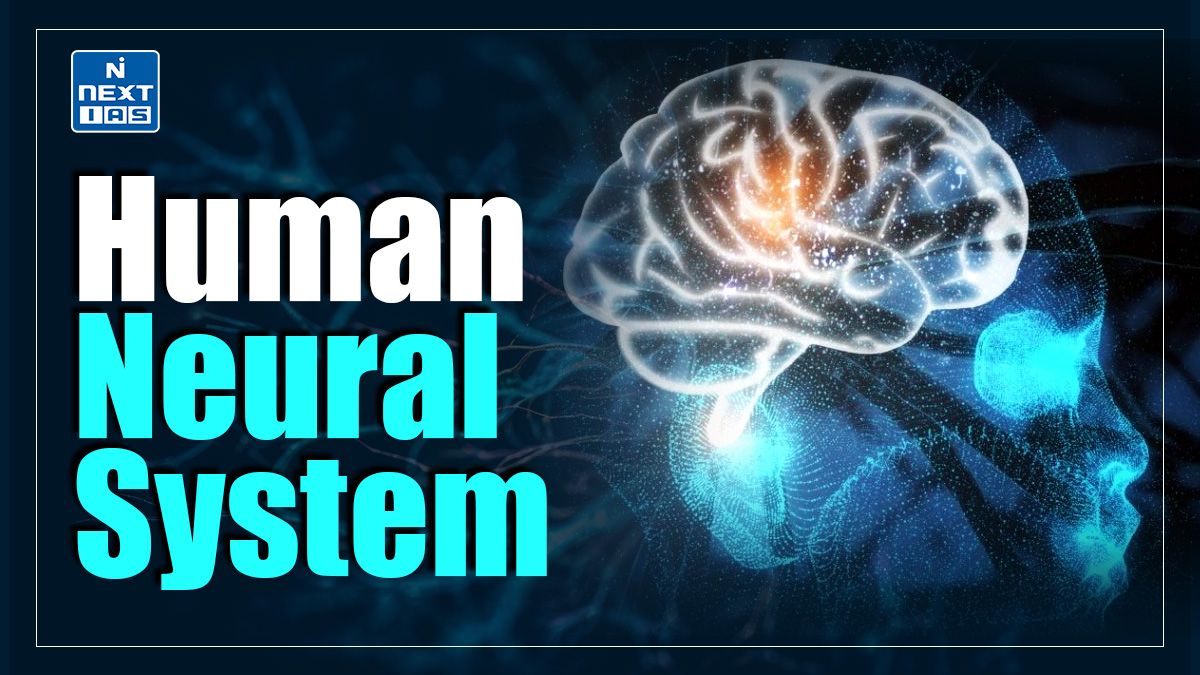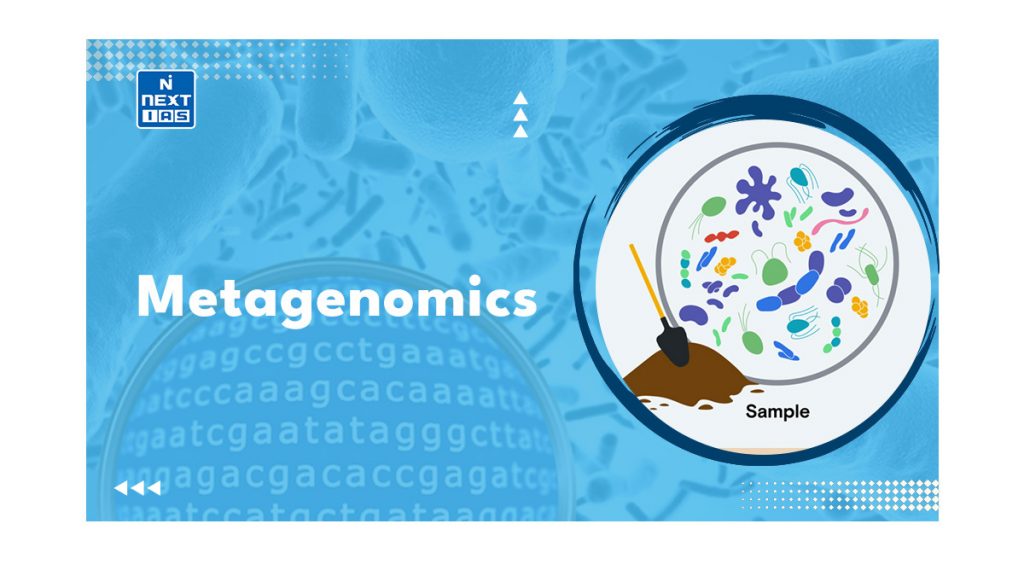
Metagenomics has emerged as a revolutionary field of genomics in recent years. This new method of genome sequencing has started a new era of exploration in microbial biology. As a field that transcends the boundaries of traditional genomics, Metagenomics allows scientists to delve into the genetic intricacies of entire microbial communities in a better and easier way.
What is Metagenomics?
Metagenomics is a field of genomics that involves the study of the genetic composition of microbes in their natural living environment. It involves extracting and sequencing DNA or RNA directly from the environmental samples. This is then used to create a genome sequencing dataset that represents the genetic content of the entire microbial community of a particular environment.
Difference between Metagenomics and Traditional Genome Sequencing Methods
Traditional genome sequencing methods involve culturing or isolating individual microbial species before sequencing their genomes. Thus, they focus on the genomes of individual organisms.
Metagenomics, on the other hand, aims to study the collective genetic material of the entire community of microorganisms present in a particular environment. Thus, rather than considering the microbes and the host as separate entities, it considers them as interdependent species in a community.
Aerial Metagenomics
Aerial Metagenomics is a branch of metagenomics that involves the study of the genetic composition of microbial samples collected from air. It allows us to understand airborne microorganisms surrounding us, along with their dynamics and potential functions.
Microbes
Microbes, also known as microorganisms, are tiny living organisms that are found all around us. They are present in water, soil, air, and even within bodies of humans and animals. For example, millions of microbes are present in the gut system of the human body.
Significance of Microbes
- Microbes play an important role in biogeochemical cycles, which makes available key elements needed to sustain life in biologically accessible forms. Some of such key elements are – Oxygen, Nitrogen, Sulfur, etc.
- Microbes are crucial for the metabolic pathways that supply nutrients and vitamins to humans.
- Processes such as fermentation, food digestion, etc, which are crucial for human life, cannot occur without microbes.
- Microbes are essential for successfully digesting food, preventing infection, and removing toxins from the body.
- Microbes ensure good ecological health through actions such as the remediation of toxins, decomposition of dead matter, maintenance of soil fertility, etc.
Significance of Metagenomics
Microbes play a crucial role in sustaining life on the earth. However, the majority of the microbial population residing in our body and environment is yet to be studied properly. Traditionally, microbes have been studied in a laboratory-based setting, rather than in their natural living environment. As a result, our present knowledge of the behavior of microbes in their natural habitat is very scarce.
By enabling a deeper study of microbes in their natural environment, Metagenomics has the potential to make significant advancements in microbiology and its various applications.
Applications of Metagenomics
Some of the potential applications of metagenomics can be seen under the following heads:
Environmental Applications
- By enabling the exploration of microbial diversity in various environments, it can enable better study and understanding of biodiversity.
- It can provide a better understanding of biogeochemical cycles through a deeper study of the role of microbes in processes such as nutrient cycling.
- A better assessment of microbial communities in different environments can help in better monitoring of pollution.
- It can help identify microorganisms that can degrade pollutants and toxic compounds. This, in turn, can help tackle environmental pollution through the bioremediation process.
Healthcare Applications
- It can enable a nuanced understanding of the composition and function of microbial communities present in human bodies and their impact on human health and diseases.
- It can facilitate direct sequencing of patient samples, removing the need for prior knowledge of the infectious agent.
- Its application helped in quickly identifying SARS-CoV-2 as the cause of COVID-19.
- It can help in better surveillance of infectious diseases by identifying and characterizing microbial pathogens in clinical samples.
- Through a better understanding of the microbial genomes, it can provide deeper insights into antibiotic resistance genes. This, in turn, can help fight the menace of antibiotic resistance.
- It can help in the discovery of new drugs by identifying new bioactive compounds that may be present in the microbial communities.
Industrial Applications
- It can help identify novel enzymes that can be useful for industrial applications, such as waste treatment, biofuel production, etc.
- A deeper understanding of microbes can enable their use for the production of bio-based chemicals and other valuable compounds.
Agricultural Applications
- It can have potential applications in managing soil health by assessing the impact of microbes on soil health and nutrient cycling.
- It can help in identifying and detecting plant pathogens that may affect crop yields.
- Through a deeper study of microbial communities present in soils, it can help optimize applications of pesticides, fertilizers, and other chemicals.
Limitations of Microgenomics
- An absence of a laboratory-based setting in this method produces difficulty in making microbial cultures and studying the genomic diversity of microbes.
- This field is still at a very nascent stage and can study only a limited type of microbes.
Despite some limitations, Metagenomics has the potential to advance our understanding of microbial life. As an emerging field of genome sequencing, it finds application in diverse fields. As this field matures, it can contribute significantly towards advancements in environmental science, biotechnology, healthcare, and more.
Related Concepts
| Genome | A genome refers to the complete set of information in an organism. It contains all the information needed for an organism to develop and function. |
| Genome Sequencing | Genome sequencing refers to the process of determining the complete DNA sequence of an organism’s genome. It involves identifying the order of nucleotides (adenine, thymine, cytosine, and guanine) that form the basic building blocks of the DNA strands. |
Related UPSC Prelims PYQs
UPSC Prelims 2023 Question
Aerial Metagenomics best refers to which one of the following situations?
(a) Collecting DNA samples from air in a habitat at one go
(b) Understanding the genetic makeup of avian species of a habitat
(c) Using air-borne devices to collect blood samples from moving animals
(d) Sending drones to inaccessible areas to collect plant and animal samples from land surfaces and water bodies
Correct Answer: Option (a)
